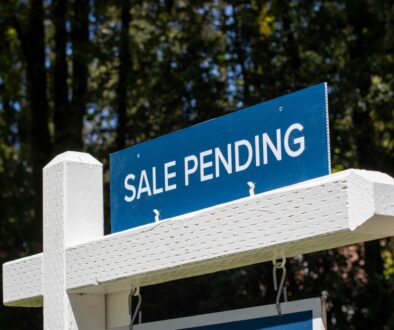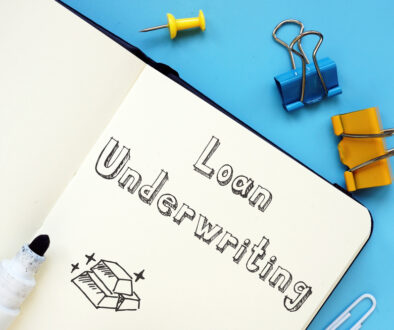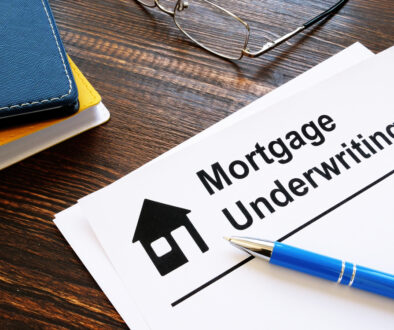Cash-Out Mortgage Refinancing Basics and Qualities, Part 1
There are several areas of the mortgage world that might be capitalized on by buyers for varying different purposes, and a great example here is mortgage refinancing. While many people refinance to make their mortgage easier to pay or to help them with some related financial area, others actually do so to speed up their payments and accrual of equity in the home, and there are still other scenarios involved here as well.
At Primary Residential Mortgage, we’re proud to offer a wide variety of home loan types, from FHA loans and other great first-time mortgage options to jumbo loans and numerous others – and we also offer tips and expertise within the refinancing realm as well. One type of refinancing that’s often taken advantage of by those who have built up positive equity in their home is called cash-out refinancing – this two-part blog will go over what cash-out refinancing is and all its basics, plus the types of borrowers it tends to be right for and whether it might be a good decision for you given your situation.
Defining Cash-Out Refinancing
Simply put, cash-out refinancing is a type of refinancing that allows you to receive actual cash in a lump sum from the lender at closing. This is done by actually replacing your previous mortgage loan with a new one, one that comes with a higher borrowed amount than the original.
As you may have guessed, you then receive the difference between the two mortgages in said lump sum. This money can go toward a variety of potential needs, whether we’re talking about paying down debt, improving your home or some other area.
Cash-Out Refinance Process
As we noted above, this process involves the replacement of your older mortgage loan with a new, larger one. Borrowers will generally pay a slightly higher interest rate during a cash-out refinance, to balance out the impact of increasing the total loan amount.
As a simple example here, assume you owe $100,000 remaining on your current mortgage, and the home itself is worth $200,000 at the time. This means you have $100,000 in equity. There’s generally a limit of around 80% of your equity you can borrow against, meaning you can refinance the $100,000 loan balance for well over $150,000 – usually up to around $180,000, and receive the additional sums as lump payments.
How Much Can Be Obtained?
As we noted, most lenders allow homeowners to borrow against 80% of the home’s equity. However, those using the FHA loan option may be able to borrow higher amounts, and those using VA loans guaranteed by the US Department of Veteran’s Affairs may be able to borrow against 100% of their equity.
Understanding Fees
An important part of your calculations for a cash-out refinance should be fees, which generally run between 3 and 5 percent of the new loan amount. Closing costs are the bulk of the costs here. Like with many original mortgages, it’s often possible to fold the closing costs into your mortgage to avoid a major payment up front – with an accompanying rise in interest rate, that is.
For more on the cash-out refinance, or to learn about any of our mortgage loan services, speak to the staff at Primary Residential Mortgage today.
*PRMI NMLS 3094. PRMI is an Equal Housing Lender. Some products and services may not be available in all states. Credit and collateral are subject to approval. Terms and conditions apply. Programs, rates, terms, and conditions are subject to change and are subject to borrower(s) qualification. This is not a commitment to lend. Opinions expressed are solely my own and do not express the views of my employer.




